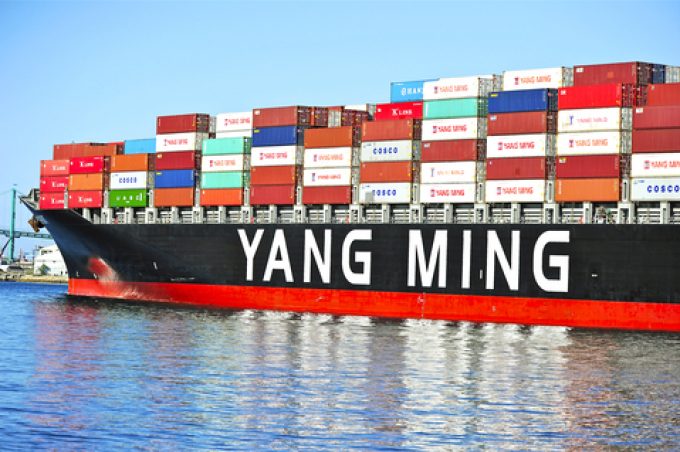Conf call redux: Guidance-free UPS – uncertainty piled on uncertainty
Certainty looms by Q3 end

Mid-sized ocean carriers are losing money and the outlook is particularly bleak for the smaller lines, obliging them to consider radical network restructuring.
Yang Ming posted a net loss of $4m for the second quarter, from revenue of $1.15bn, to take the Taiwanese carrier’s profit at ...


Comment on this article